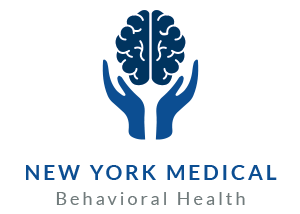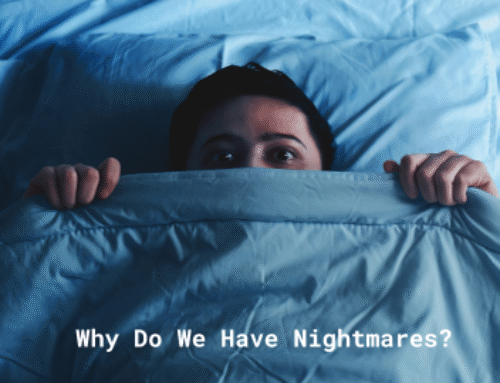What is Neuromodulation and How Does It Work?
Treating the Physical Side of the Mind
Neuromodulation is a fascinating and rapidly evolving field of treatment for mental and physical illnesses. Today, we’re going to scratch the surface of what neuromodulation is, how it is used, and touch on some types of neuromodulation.
What is Neuromodulation?
The International Neuromodulation Society defines therapeutic neuromodulation as “the alteration of nerve activity through targeted delivery of a stimulus, such as electrical stimulation or chemical agents, to specific neurological sites in the body.” Neuromodulation began to gain ground as a way to treat neurological issues in the 1980s.
What Does Neuromodulation Do?
Neuromodulation’s uses are many, including:
- Sacral stimulation.
- Drug delivery systems through microdosing.
- Peripheral nerve stimulation.
- Brain stimulation.
- Spinal cord stimulation.
In these ways, neuromodulation is used to treat conditions like epilepsy, psychiatric disorders, spasticity, ischemia, and more.
Some Forms of Neuromodulation
There are several methods of neuromodulation.
- Electroconvulsive therapy, or ECT. A far cry from the inhumane process in decades past, modern ECT is a much safer treatment during which the patient is sedated to alleviate pain and distress instead of causing it.
- Deep brain stimulation, or DBS. This is an involved but effective method of neuromodulation in which an electrode is placed inside the brain during surgery.
- Vagus nerve stimulation, which administers electric pulses to the vagus nerve, the longest part of the autonomic nervous system.
TMS and Neuromodulation
Transcranial magnetic stimulation (TMS) is frequently mentioned alongside neuromodulation methods and equipment, though the National Center for Biotechnology Information formally refers to TMS as “a non-invasive brain stimulation technique that has been approved to treat major depression,” and “a medical device that may also ultimately be added to the therapeutic armentarium of neuropsychiatric devices.”
TMS has an exciting future that Rochester Holistic Psychiatry is glad to be part of. It is approved for treatment-resistant major depressive disorder (MDD) and is being tested on disorders like anxiety, bipolar disorder, and addiction. TMS is also useful as a treatment option to explore before more invasive treatments like ECT. We believe that TMS will gain broader use as its scope is better known.
Explore Relief
If you are experiencing treatment resistant depression, check with your insurance plan to see if brain stimulation and/or neuromodulation coverage is available. Always see a physician first for evaluation and recommendations to specialists if needed. Contact us with any questions or to make an appointment with one of our professional psychiatrists. We want each person who contacts us to feel seen and cared for.




